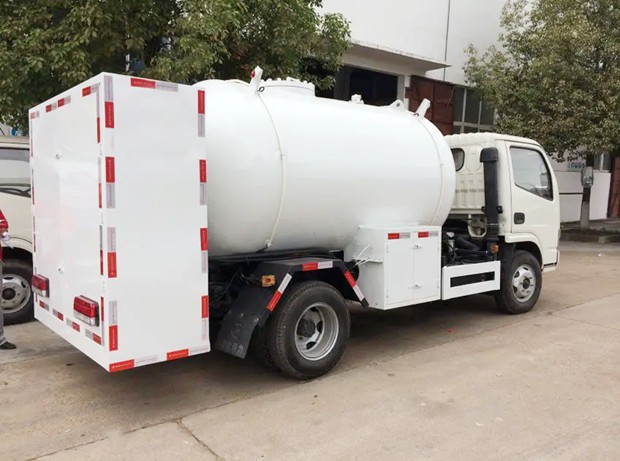Understanding the weight of a fire truck is crucial for a variety of reasons, including safe operation, road regulations, and efficient fire services. In this article, we will explore the different types of fire trucks, their weight specifications, factors affecting their weight, and much more. Whether you are a firefighter, an aspiring firefighter, or just curious about fire trucks, this comprehensive guide is for you.
1. Types of Fire Trucks and Their Weights
Fire trucks come in various models, each designed for specific tasks. The common types include:
1.1 Pumper Fire Trucks
Pumper trucks are the most common type of fire truck. They are equipped with hoses and water tanks to combat fires.
| Specification | Weight Range (lbs) |
|---|---|
| Standard Pumper | 20,000 – 40,000 |
1.2 Aerial Fire Trucks
Aerial fire trucks are designed for reaching high places. They come with extendable ladders or platforms.
| Specification | Weight Range (lbs) |
|---|---|
| Aerial Ladder Truck | 40,000 – 60,000 |
1.3 Brush Trucks
Brush trucks are lightweight vehicles that tackle wildfires and rugged terrain.
| Specification | Weight Range (lbs) |
|---|---|
| Brush Truck | 10,000 – 18,000 |
1.4 Tanker Trucks
Tanker trucks transport large volumes of water to fire scenes, particularly in areas without hydrants.
| Specification | Weight Range (lbs) |
|---|---|
| Tanker Truck | 30,000 – 50,000 |
2. Factors Affecting Fire Truck Weight
The weight of a fire truck can be influenced by several factors:
2.1 Equipment and Accessories
Each fire truck may have different equipment, such as hoses, tools, and ladders, which can add additional weight.
2.2 Water Capacity
The amount of water a fire truck can carry directly impacts its weight. Tanks loaded with water increase the total weight significantly.
2.3 Vehicle Size and Build
Larger trucks typically weigh more due to their frame and materials. For instance, a fully equipped pumper truck weighs more than a standard pickup used for firefighting.
3. Fire Truck Weight Classifications
Fire trucks can be classified based on their weight ratings:
3.1 Class 1
This class consists of trucks weighing less than 10,000 lbs and is generally used for smaller scale operations.
3.2 Class 2
This class includes vehicles weighing between 10,000 – 14,000 lbs, often used by volunteer fire departments.
3.3 Class 3
Trucks in this class weigh between 14,000 – 26,000 lbs and are typical for mid-sized municipalities.
3.4 Class 4
Class 4 trucks weigh between 26,000 and 33,000 lbs. They are designed for more extensive urban fire departments.
3.5 Class 5
This classification involves trucks that weigh more than 33,000 lbs, including many aerial and ladder trucks.
4. Real-World Examples of Fire Truck Weights
Here are a few real-world examples of various fire trucks and their weights:
| Truck Model | Type | Weight (lbs) |
|---|---|---|
| Ford F-550 Fire Truck | Brush Truck | 15,000 |
| Freightliner FL70 | Pumper Truck | 30,000 |
| Spartan Gladiator | Aerial Truck | 60,000 |
| International 4400 | Tanker Truck | 40,000 |
5. Fire Truck Regulations and Standards
Various regulations and standards govern fire truck design and weight:
5.1 NFPA Standards
The National Fire Protection Association (NFPA) provides guidelines for fire truck design, including weight limits and safety features.
5.2 DOT Regulations
The Department of Transportation (DOT) regulates vehicle weights, which can impact how heavy a fire truck can be when traveling on public roads.
5.3 Local Regulations
Many states and municipalities have additional regulations that may affect fire truck specifications and operational guidelines.
6. Weight Distribution and Safety
Proper weight distribution is essential for fire truck handling and safety:
6.1 Importance of Weight Distribution
Uneven weight causes difficulties in maneuverability and stability. Fire departments must ensure that equipment is loaded correctly.
6.2 Recommended Practices
Some tips for maintaining proper weight distribution include:
- Keep heavier equipment lower in the truck.
- Balance water load evenly across the vehicle.
- Perform regular inspections of the truck’s loading practices.
7. Maintenance and Care of Fire Trucks
Regular maintenance is vital for the safety and operational capability of fire trucks:
7.1 Regular Inspection
Fire trucks should be inspected monthly to assess their weight, equipment, and performance.
7.2 Weight Considerations in Maintenance
When performing maintenance, consider how additional equipment or repairs may add to the truck’s weight.
8. Choosing the Right Fire Truck for Your Needs
When selecting a fire truck, consider the following factors:
8.1 Purpose of the Truck
Understanding the specific use case will guide your choice of truck type and weight requirements.
8.2 Budget Constraints
Fire trucks come in a wide range of prices. Consider the total cost of ownership, including maintenance related to weight, as well.
9. Frequently Asked Questions (FAQs)
9.1 How heavy is a typical fire truck?
A typical fire truck weighs anywhere between 20,000 lbs to over 60,000 lbs, depending on its type and equipment.
9.2 What affects the weight of a fire truck?
The weight of a fire truck is influenced by its size, equipment, water capacity, and the materials used in construction.
9.3 Are there regulations for fire truck weights?
Yes, there are various regulations from national and local authorities that dictate the maximum allowable weights for fire trucks.
9.4 How do fire departments ensure safety regarding truck weights?
Fire departments conduct regular inspections and follow best practices for weight distribution and maintenance to ensure safety.
9.5 Can fire trucks be customized for weight?
Yes, fire trucks can be customized during manufacture to meet specific weight requirements, considering the needs of the fire department.
9.6 What is the average lifespan of a fire truck?
The average lifespan of a fire truck is about 15-20 years, depending on usage, maintenance, and design.





